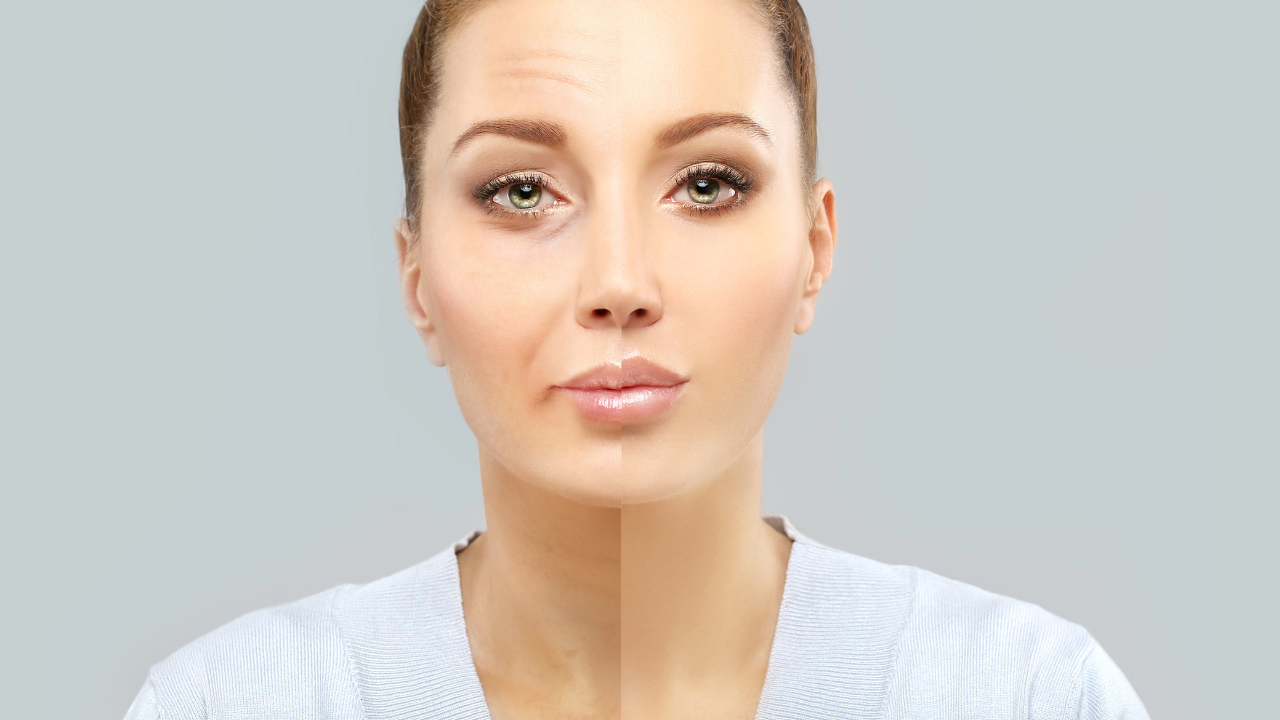Discovering the skin’s complexity helps us understand its needs and how best to care for it. The way our skin behaves evolves with age, transforming itself and requiring specific care to function properly. In this guide, we’ll look at the different stages in the life of our skin, and how understanding them can help us take control of our skin’s well-being.
Children’s skin: suppleness and protection
From birth to adolescence, children’s skin is radically different from that of adults. It is particularly thin and sensitive, making infants more susceptible to the effects of the sun and allergies. Its structure, however, is highly supple and resistant, enabling it to maintain good hydration. The sebaceous glands, which are less active, are responsible for a duller complexion in children, while their protective and immune functions gradually develop.
Development in stages
As they grow, children go through different phases of skin evolution:
– From birth to age 2: the skin gradually acquires its barrier functions.
– From age 2 to 7: a continuous process of regulation enables the skin to better protect the child against external intrusions and to adapt to its environment.
– From 8 to 12: the sebaceous and sweat glands develop, resulting in higher sebum production and a brighter complexion. Skin also becomes more resistant to external aggression.
Teenage skin : balance and imperfections
Adolescence is a time of upheaval for the skin, marked by major hormonal changes and excessive activity of the sebaceous glands. This overproduction of sebum can lead to skin imbalance, often responsible for the appearance ofimperfections such as pimples and blackheads.
The specifics of adapted skin care
To preserve the skin’s balance and health during this difficult period, it’s important to adopt an appropriate routine:
– Cleanse skin gently, without aggressing or stripping.
– Use products specifically designed for teenage skin, less rich in lipids.
– Don’t hesitate to consult a dermatologist if problems persist or worsen.
Adult skin: preservation and aging
From our twenties onwards, the first signs of aging appear, and collagen and elastin production gradually diminish. Free radicals penetrate the skin, damaging cells and accelerating the aging process.
External and internal factors
Reducing exposure to these harmful elements can help slow down premature skin aging:
– Limiting exposure to the sun, wearing a daily sunscreen
– Avoiding tobacco and alcohol consumption
– Eat a balanced diet rich in antioxidants.
The choice of skincare products depends on skin type (dry, oily, combination) and specific needs.
Mature skin: a challenge against the signs of time

Beyond the age of 50, loss of density and collagen melting accelerate. Skin becomes more fragile, drier and less elastic. Fine lines and wrinkles can deepen, accompanied by a loss of firmness and ovality.
Contact a professional for your personal needs
To adapt skin care to the needs of mature skin, we recommend consulting a dermatologist or beauty expert, who can guide you towards the products best suited to your epidermis and give you personalized advice on how to preserve your skin’s youthful appearance.
- Use nourishing and regenerating skin care products
- Maintain skin hydration
- Opt for specific anti-aging treatments
Understanding how our skin evolves through the ages is essential to determining the actions and products needed to preserve its health. Each stage of life offers its own challenges, which is why it’s important to listen to our skin and adapt our choices accordingly.

I’m a young man studying in the field of health and sexuality. Passionate and committed, I am known for my dedication to my studies and my desire to make a significant contribution to society.
I am particularly interested in issues of consent and prevention in the field of sexual health, a subject that I feel is crucially important and often neglected. Those who know me well describe me as an empathetic person with an incredible ability to understand and support people in need.
I strive to demystify preconceived ideas about sexuality and improve attitudes and perceptions around sexual health. I’m a passionate advocate of the importance of sex education and consent education in universities, recognising the major transition students are going through in terms of their love and sex lives during their studies.
With a keen eye on society, I am particularly concerned about the problems of forced or unwanted sexuality among students, which I find unacceptable. I plan to devote my career to changing these disturbing statistics, by creating training and intervention programmes to improve knowledge, attitudes and behaviour relating to sexuality among young people.
My ultimate goal is to create an environment where every individual has the power to make informed choices about their sexual health, and where respect and consent are the norm. Overall, I am a character who represents commitment, compassion and the desire to make a difference in the world.
